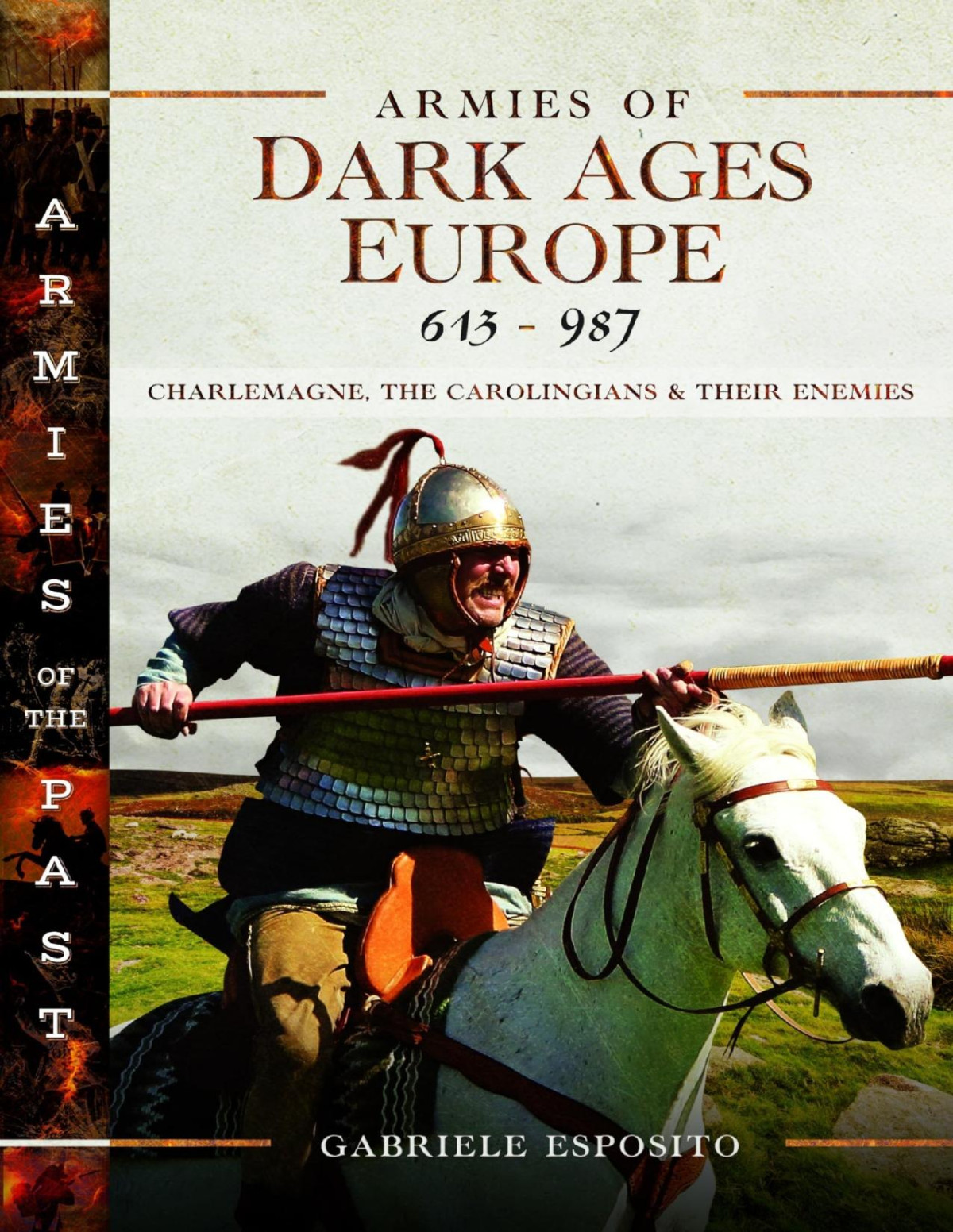

Most ebook files are in PDF format, so you can easily read them using various software such as Foxit Reader or directly on the Google Chrome browser.
Some ebook files are released by publishers in other formats such as .awz, .mobi, .epub, .fb2, etc. You may need to install specific software to read these formats on mobile/PC, such as Calibre.
Please read the tutorial at this link: https://ebookbell.com/faq
We offer FREE conversion to the popular formats you request; however, this may take some time. Therefore, right after payment, please email us, and we will try to provide the service as quickly as possible.
For some exceptional file formats or broken links (if any), please refrain from opening any disputes. Instead, email us first, and we will try to assist within a maximum of 6 hours.
EbookBell Team

0.0
0 reviewsThe centuries that followed the fall of the Western Roman Empire in AD 476 saw the formation of numerous Romano-Germanic kingdoms from the fusion between different Germanic communities and the Roman population. In time the Frankish Kingdom came to dominate over all the others and conquered most of continental Europe under the guidance of the famous Carolingian royal family. In the book we will follow the military ascendancy of the warlike Franks from 613 to 987.
The greatest protagonist of this bloody period was Charlemagne, probably the greatest military commander of the Early Middle Ages. He transformed the Frankish kingdom into a large state – the Holy Roman Empire – that dominated most of continental Western Europe for almost a century. Charlemagne spent his long reign (768-814) fighting against a multitude of warlike enemies who lived on the frontiers of his dominions: Arabs, Basques, Bretons, Frisians, Vikings, Saxons, Thuringians, Slavs, Avars, Bavarians and Lombards. He obtained some spectacular victories over the latter, but also suffered some humiliating defeats like the famous one of Roncevaux Pass. Gabriele Esposito follows the evolution of the Frankish Army from the rise of the Franks’ under the Merovingian monarchs to the dissolution of the Carolingian royal family, reconstructing the most important military campaigns in detail. All the major troop types are covered, providing information on the organization and equipment of each contingent. The enemies of the Franks are also considered. The clear text is illustrated with dozens of stunning color photographs depicting replica weapons and equipment of the period in use.